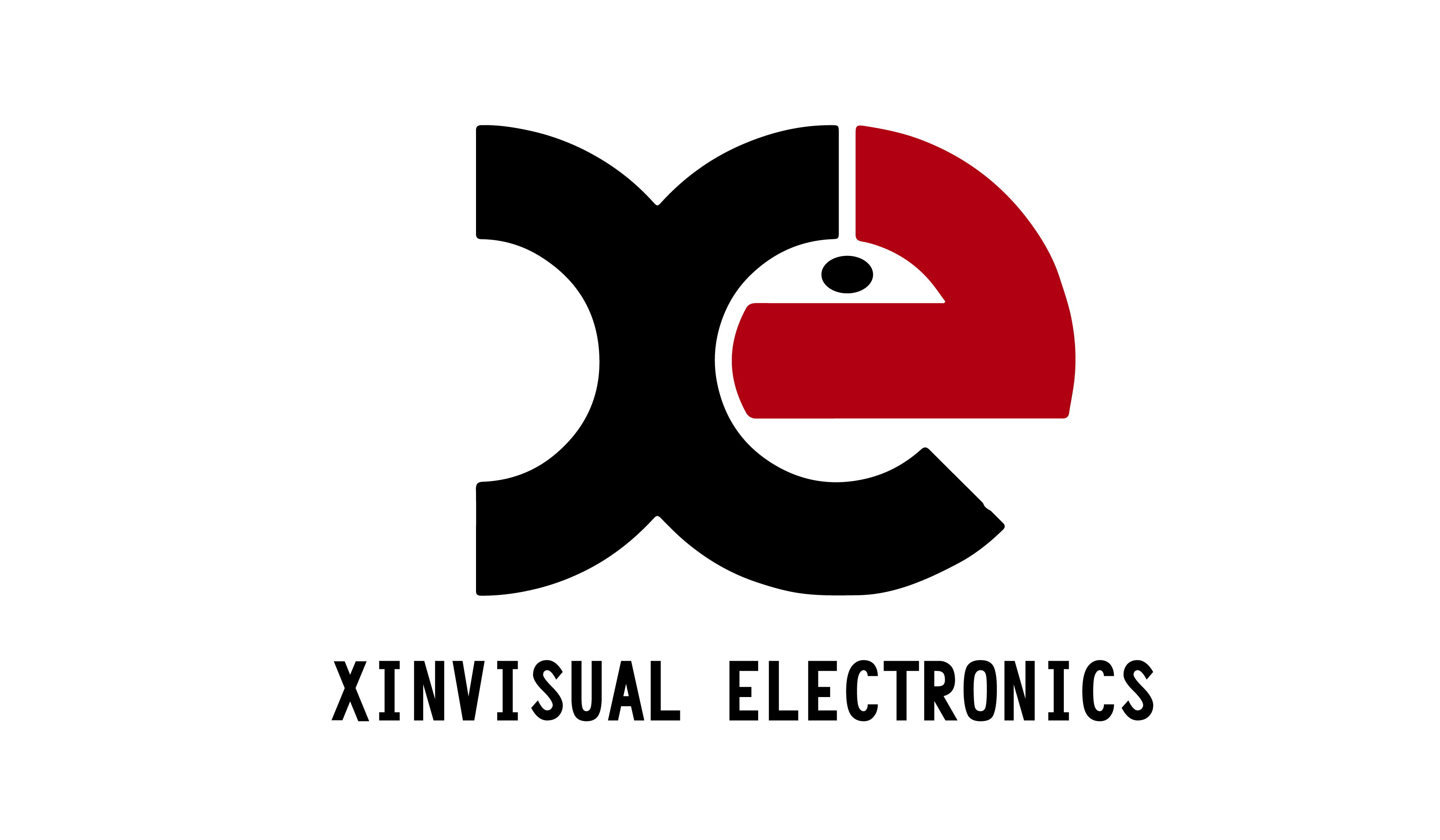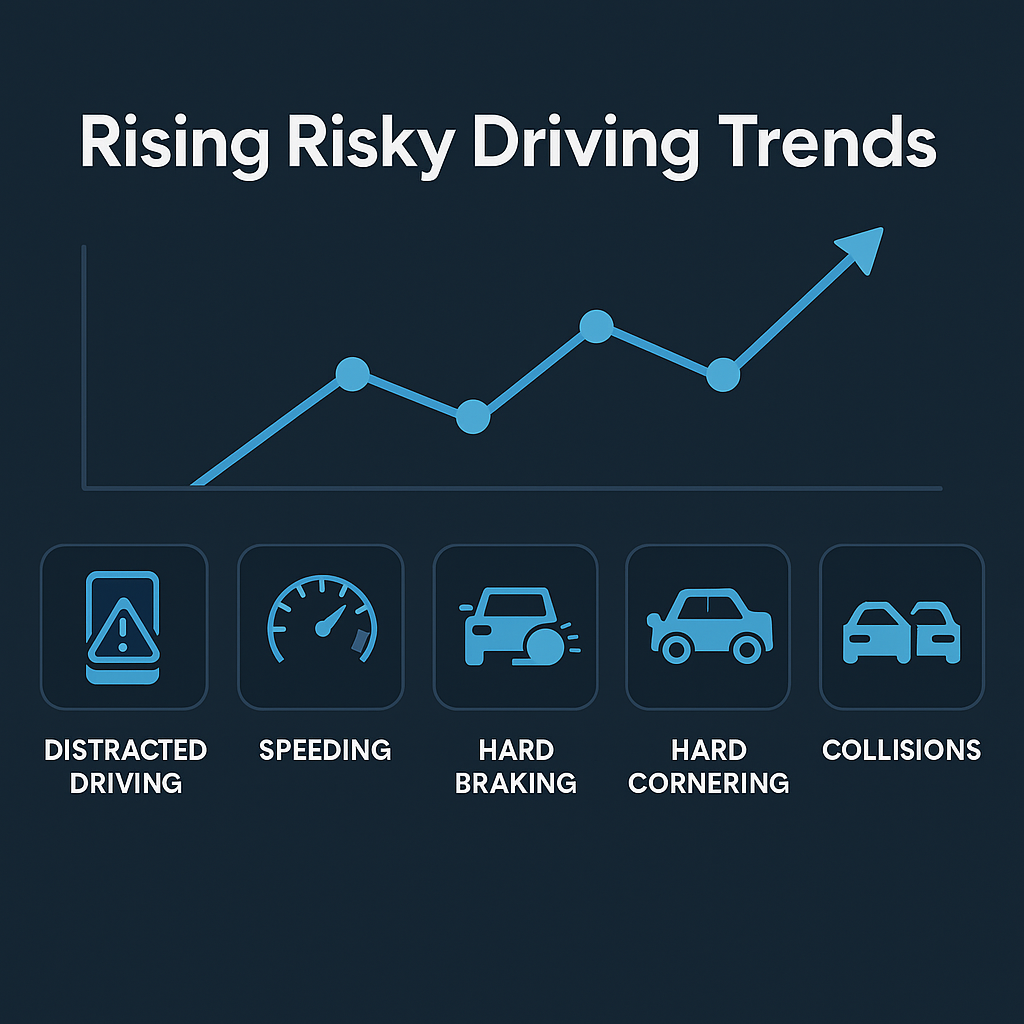Introduction
The road is getting more dangerous. According to the 2025 Road Safety Report by Lytx, commercial fleet collisions are once again on the rise—reversing the progress made during the pandemic years. Distracted driving, aggressive acceleration, and poor lane discipline are back, and they’re costing companies money, reputation, and lives.
So what can fleet operators do to counter this growing threat? The answer lies in data, visibility, and proactive intervention. With smart camera systems, real-time alerts, and driver behavior analytics, modern fleets can detect risk before it turns into disaster.
Let’s dive into the key driving trends causing concern in 2025—and the practical steps you can take to protect your fleet.
What Risky Behaviors Are On the Rise?
According to Lytx’s 2025 Report, the most common risky behaviors in fleets include:
-
Harsh Braking and Acceleration: Often linked to tailgating or inattentiveness.
-
Speeding: A frequent contributor to high-impact crashes.
-
Distraction: Mobile phone usage, eating, or multitasking while driving.
-
Lane Departure: Common in long-haul driving or fatigue-prone routes.
-
Following Too Closely: Reducing reaction time and increasing rear-end collisions.
Worse yet, these behaviors tend to cluster in certain times of day (rush hour, night) or geographic areas, especially urban centers and logistics hubs.
Why Fleets Are Especially Vulnerable
Commercial drivers face unique pressures:
-
Tight delivery windows
-
Traffic congestion
-
High vehicle loads
-
Driver fatigue from long shifts
Without proper safety systems in place, it’s easy for small errors to lead to major incidents—especially when drivers are tired or under pressure.
And for companies, even a single preventable accident can lead to:
-
Insurance hikes
-
Legal claims
-
Downtime and operational delays
-
Damage to customer property
-
Harm to public brand perception
How to Fight Back with Technology
1. Install MDVR Systems with AI
Mobile DVRs with AI-powered analytics can detect and flag risky behaviors in real time, such as:
-
Sudden braking
-
Lane departure
-
Driver distraction
-
Speeding over thresholds
These systems don’t just record—they analyze and alert. That gives drivers time to correct behavior immediately and gives managers video context to use in reviews.
2. Use Driver Coaching and Feedback Loops
Raw video footage is useful—but paired with training, it’s transformational.
You can:
-
Review high-risk clips with drivers in 1-on-1 sessions
-
Set safety goals and offer rewards for good performance
-
Use footage for onboarding and best-practice demonstrations
Many top-performing fleets use a positive reinforcement model: track, review, reward.
3. Integrate Risk Dashboards and Data Alerts
Xinvisual Electronics systems can integrate camera data with GPS, speed, and location tags to build driver risk profiles. With the right dashboard, you can:
-
See which drivers need more support
-
Identify time windows or routes where accidents are more likely
-
Take preventive action before risky behavior turns into a crash
Pro Tips for Fleet Managers
✅ Don’t wait for accidents to act—audit behavior now
✅ Equip all new vehicles with multi-camera systems
✅ Hold monthly safety reviews using MDVR footage
✅ Use AI-based alerts to reduce monitoring workload
✅ Train managers and drivers on how to use tech effectively
Conclusion
Risky driving behaviors may be rising—but they don’t have to rise in your fleet. With proactive safety tools like MDVR, AI detection, and driver feedback systems, you can turn risk into resilience.
Start by upgrading your visibility. Give your drivers the tools they need to perform safely—and give your managers the data they need to lead with confidence.

